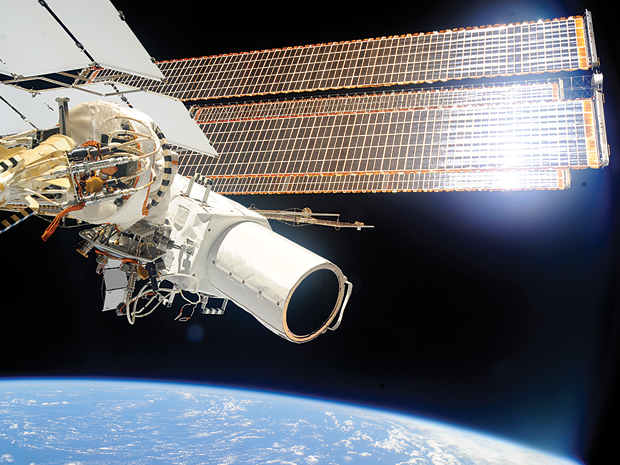File:Earth imaging.jpg
Earth_imaging.jpg (620 × 465 pixels, file size: 314 KB, MIME type: image/jpeg)
@ GreenPolicy360, our space science/physics focus is on being 'front-of-mind', creating and developing the field of environmental security via the 'democratization of space'.
"New Space" is in its first stages and it's an exciting time to be a Planet Citizen and sharing citizen science about #Earth360...
Fleets of micro-satellites and start-up companies pioneering the exploration and study of earth and earth's resources from the vantage point of space offer critically important data.
Unprecedented digital connectivity, networking and availability of data via the World Wide Net-Internet make possible nextgen #EarthScience from space.
It is time, from a unique overview of our blue planet enabled from space, to address climate issues, sustainability challenges, and a host of existential challenges.
It's time for an Earth point of view!
_ _ _ _ _ _ _ _ _ _
NextGen 'startups' -- 'eyes in the sky' for commercial/civilian/earth science, conservation, resources and sustainability... going beyond military uses of first-generation satellites
http://www.spectrum.ieee.org/aerospace/satellites/9-earthimaging-startups-to-watch
Words like “provocative,” “disruptive,” and “game-changing” are rarely applied to the staid world of satellite imaging. But that’s exactly the kind of talk the industry is generating, with the successful launches of more than two dozen Earth-imaging satellites in the last few months and the planned launches of yet more by year’s end.
Those spacecraft are being lofted not by traditional aerospace players but by venture-capital-funded start-ups. What’s more, the satellites cost an order of magnitude less than traditional spacecraft, and in many cases they’ll be networked in large constellations capable of revisiting sites far more frequently than what’s now possible....
The start-ups are keeping costs down by keeping their spacecraft small and in many cases by creatively scavenging components from other industries. As director of engineering at NASA’s Ames Research Center from 2005 to 2011, Pete Klupar pushed for exactly the kind of cheaper, smaller spacecraft that are now going into orbit. He notes that Skybox and Planet Labs “are using IMUs [inertial measurement units] from video games, radio components from cellphones, processors meant for automobiles and medical devices, reaction wheels meant for dental tools, cameras intended for professional photography and the movies, and open-source software available on the Internet.”
“What these companies are doing is very unique, very exciting,” he adds. “Instead of developing their own hardware from scratch” as established satellite makers have tended to do, he says, “they’re taking the fruits of the commercial world’s labor and applying them to space.”
File history
Click on a date/time to view the file as it appeared at that time.
| Date/Time | Thumbnail | Dimensions | User | Comment | |
|---|---|---|---|---|---|
| current | 03:59, 22 May 2014 |  | 620 × 465 (314 KB) | Siterunner (talk | contribs) | NextGen 'startups' -- satellites monitoring earth http://spectrum.ieee.org/aerospace/satellites/9-earthimaging-startups-to-watch |
You cannot overwrite this file.
File usage
The following page uses this file:
